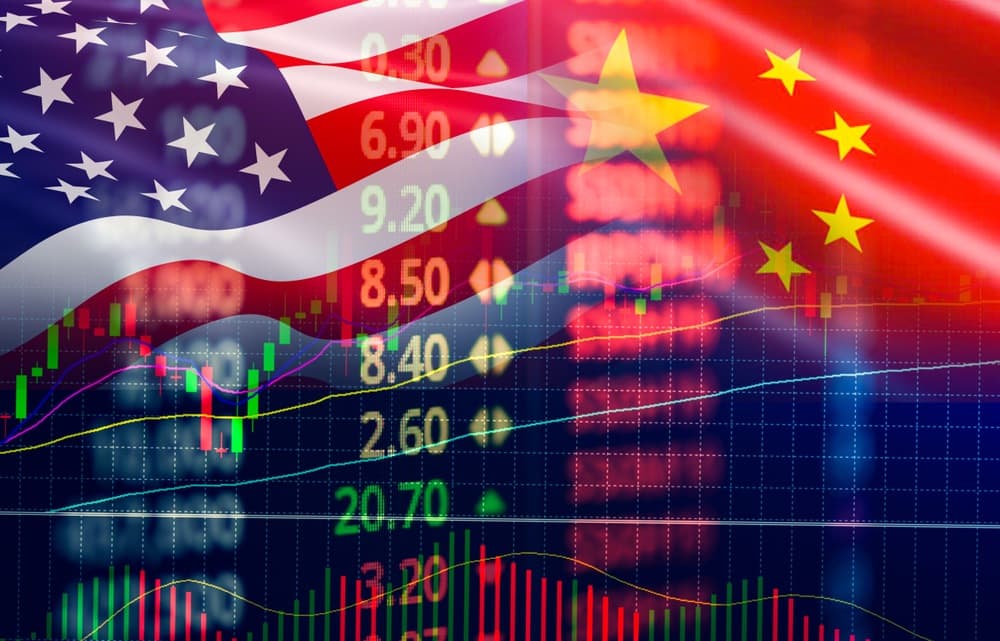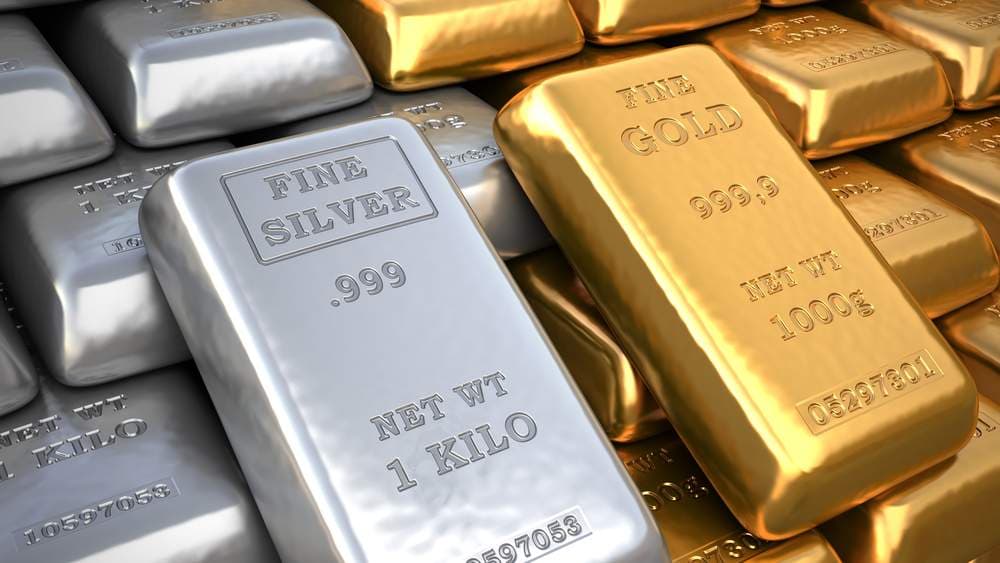Beneath the Surface
Told You So: Trump’s Top Adviser Just Confirmed the Reset
September 5, 2025 • 6 minute, 18 second read

“I regard reduction in federal spending as one of the most important issues of this campaign. In my opinion, it is the most direct and effective contribution that government can make to business.”
-Franklin D. Roosevelt, 1932
September 5, 2025 — It’s been about a month of rapid-fire tariff moves and counterpunches—each more unexpected than the last.
Make no mistake: what we’re witnessing is likely to go down as one of the most pivotal events in modern U.S. economic history. The consequences will extend far beyond a routine trade war or recession.
But as Matt Smith recently outlined in his Trump Reset thesis, there may be a method to the madness.
And just weeks ago, we may have gotten confirmation.
On April 7, Stephen Miran—Trump’s top economic adviser—publicly articulated the reset during a speech at the Hudson Institute.
The author of A User’s Guide to Restructuring the Global Trading System, Miran is one of the most important figures in the administration today. Published just days after Trump’s victory last November, the paper outlines a framework for America’s next monetary reset—dubbed the “Mar-a-Lago Accord.”

Source: Hudson Bay Capital
But let’s face it—most people don’t read economic papers. That’s why Miran’s April-7 speech (transcript on WhiteHouse.gov) was so significant. It laid out the strategy—and the thinking behind Trump’s Reset—in plain terms for a broader audience.
Now, at first glance, some of what Miran said probably didn’t make much sense to the uninitiated.
For example, Miran argued that foreign countries should open their wallets just for the privilege of using the dollar.
Why would they do that, you might wonder? Because in Miran’s view, having the world’s reserve currency is a burden the U.S. shoulders for everyone else—and that the rest of the world should have to pay for.
Note: In reality, of course, other countries are already paying. They buy Treasuries, absorb U.S. inflation, and turn a blind eye to the U.S. government’s mountain of debt.
So yes—on the surface, parts of the speech sound over the top. But once you view it through the lens of the Trump Reset, it all starts to make sense.
The Bind
Let’s be clear: the dollar’s status as the global reserve currency gives the U.S. government an exorbitant privilege—the power to run massive deficits, borrow cheaply, and project influence worldwide. There’s no real debate about it. It’s the only reason Washington can get away with a $36.7 trillion mountain of debt.
But there’s another side to it—and it comes in the form of something called Triffin’s Dilemma.
Named after Belgian economist Robert Triffin, this paradox occurs when a country’s currency is also the world’s reserve currency—like the U.S. dollar. The problem? To meet global demand for dollars, the U.S. must run trade deficits by exporting more dollars than goods and services. This keeps the world economy running, but it hollows out U.S. industry and fuels debt.
Note: If you ever wondered why the U.S. economy has become so financialized, addicted to debt, and propped up by “services”—that’s why.
And therein lies the bind…
If the U.S. stops running deficits, the world risks a dollar shortage—slowing global growth and nudging countries toward alternative reserve currencies. That shift would erode long-term demand for Treasuries and chip away at the dollar’s dominance.
But if the U.S. keeps running deficits, we’re back to the same old story: ballooning debt, mounting interest payments, and a hollowed-out manufacturing base.
Miran didn’t get into the weeds of Triffin’s Dilemma in his speech, but if you’ve read his paper—or Matt’s Trump’s Monetary Reset report—it’s clear that’s why he refers to the U.S. dollar and Treasuries as “costly global public goods” America provides to the world.
The Solution
Miran’s solution to Triffin’s Dilemma?
“Burden-sharing at the global level.” I quote:
In my view, to continue providing these twin global public goods, there needs to be improved burden-sharing at the global level.
(…)
The best outcome is one in which America continues to create global peace and prosperity and remain the reserve provider, and other countries not only participate in reaping the benefits, but they also participate in bearing the costs. By improving burden sharing, we can enhance resilience, and preserve the global security and trading systems for many decades into the future.
What does this burden sharing actually look like, according to Miran? Here’s a quick rundown of his ideas:
- Accept tariffs without retaliation – Let U.S. tariffs stand, generating revenue for Washington.
- Open their markets – End unfair trade practices and buy more American goods.
- Increase defense spending – Procure more U.S.-made weapons and equipment.
- Build factories in the U.S. – Set up local production and avoid tariffs altogether.
- Write checks to the Treasury – Yes, really. Direct financial contributions to help the U.S. fund “global public goods.”
As far-fetched as some of this may sound, Miran is outlining a radical plan to flip the U.S. dollar’s reserve status from a burden into a bargaining chip. To turn America’s towering debt from an embarrassment into leverage. And to reorient the entire global economic structure in Washington’s favor—while they still can.
Now, if you read through Miran’s 40-page paper, you’ll quickly realize he left a lot of other ingredients out (some of which actually make the plan far more realistic). It’s a speech, not a doctoral thesis, after all.
If you don’t feel like combing through a densely written white paper, Matt has already done the work of connecting the dots—some of which weren’t even spelled out explicitly in the original report (because outright stating them might spark panic). As Matt put it:
Succeed or fail, Trump’s plan will impact all of us and our investments. I confess I’m delighted Team Trump sees the problem… has a plan to avoid the worst, and catapult the U.S. to new prosperity. But what they need to do will not come without pain. A LOT of pain.
Like it or not, we’re living through one of the most economically fascinating chapters in modern history.
Regards,
Lau Vegys
Doug Casey’s Crisis Investing & Grey Swan Investment Fraternity
P.S. from Addison: “Bitcoin is more speculative than Ethereum,” declared Ian King on Grey Swan Live! yesterday. It was only one of the provocative statements he made while walking us through the wild west of crypto assets yesterday. Thank you, if you were in attendance. The full reply can be found on the Video Archives section of our website for Grey Swan members, here.
Spoiler alert: The “use-case” for Ethereum as the backbone of a free market in tokenized assets is quite convincing. And compelling. You owe it to yourself to understand decentralized finance (DeFi) now. “It’s as powerful a disruptive innovation in banking as Netflix was to Blockbuster in the movie industry,” Ian asserts.
We’re already putting together ideas for next week’s Grey Swan Live – sign up here to become a member if you aren’t already so you can get the full insights from our weekly guests.
If you’d like, you can drop your most pressing questions right here: Feedback@GreySwanFraternity.




